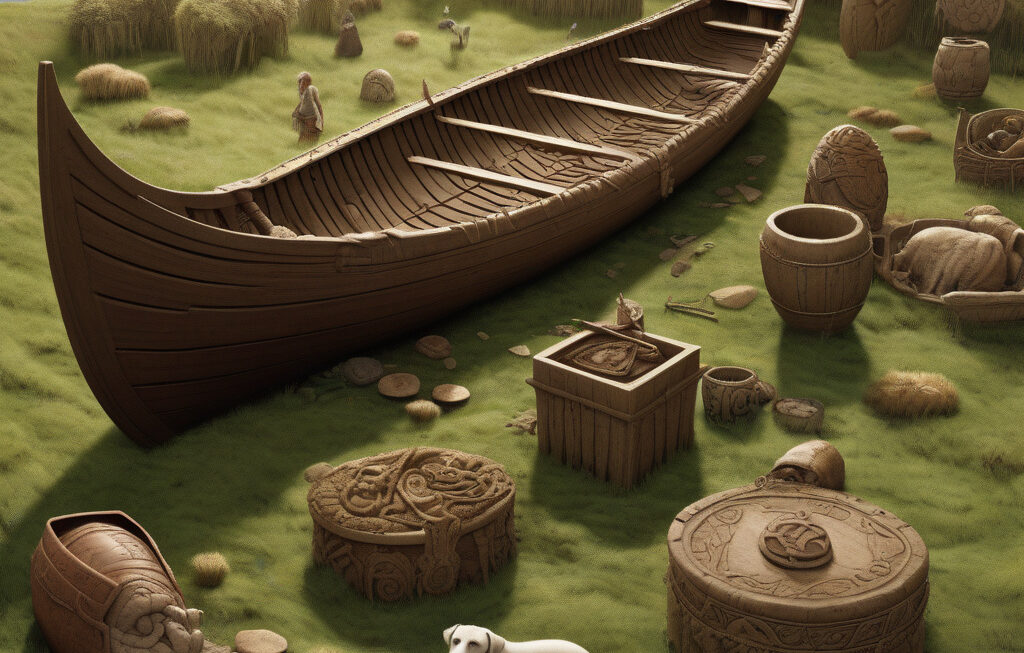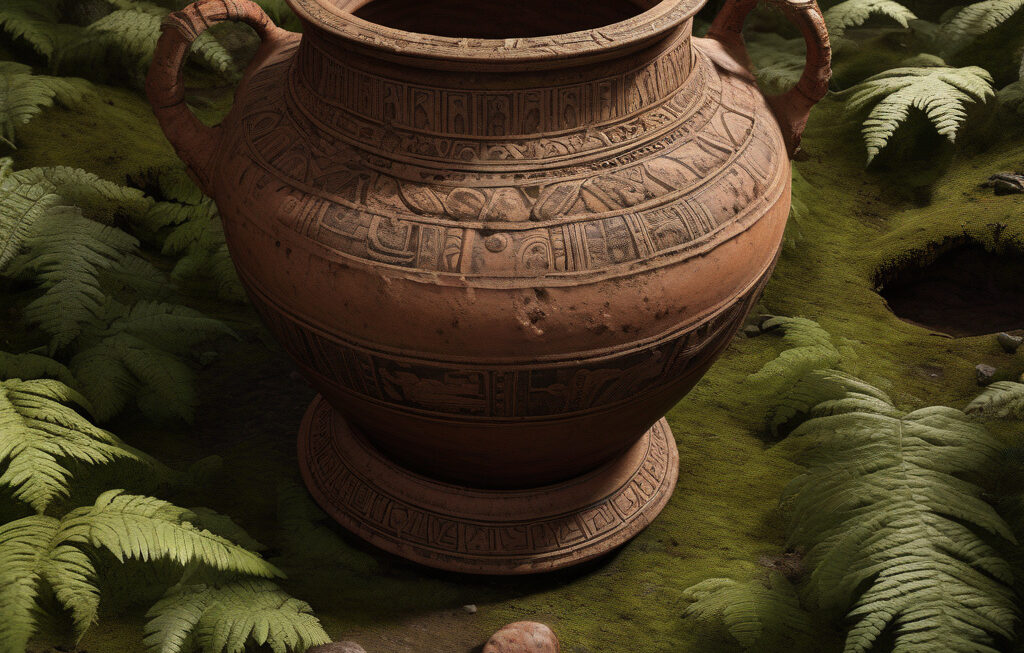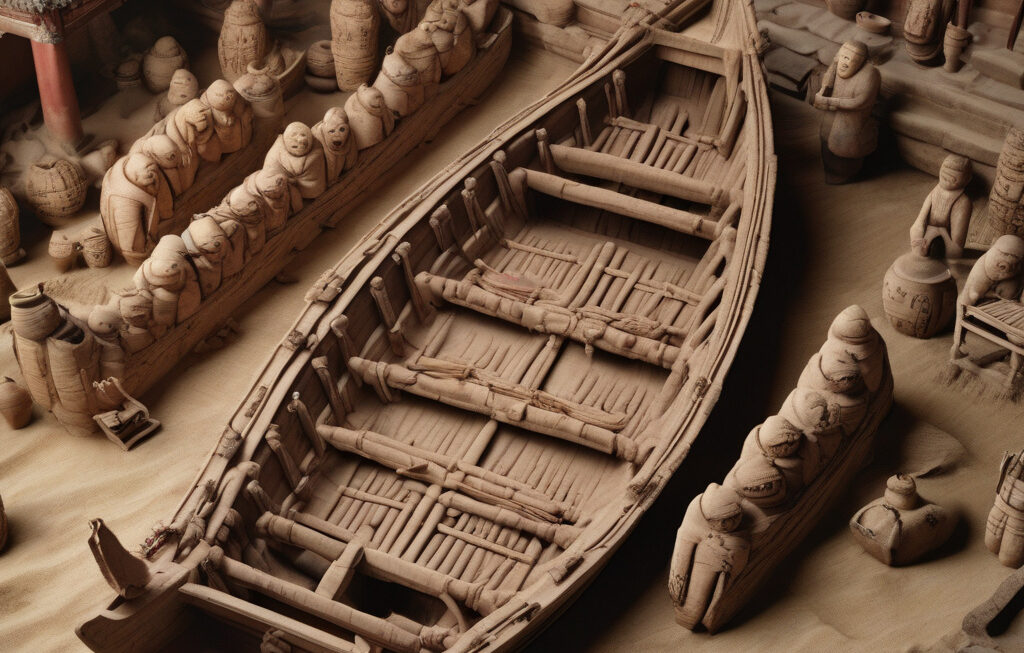Dragon Man Mystery Solved: Ancient Skull Links to Elusive Denisovan Species
For decades, the Harbin skull—dubbed “Dragon Man”—remained shrouded in mystery, its massive features unlike anything seen before. Discovered in the 1930s in the northeastern Chinese city of Harbin, this ancient cranium puzzled scientists worldwide. However, recent groundbreaking research has shed light on the enigmatic origins of this skull, linking it to the elusive Denisovan species.
The Denisovans, a mysterious group of ancient hominins, have long fascinated researchers with their sparse remains found in Siberia’s Denisova Cave. Their existence was confirmed through genetic analysis of a finger bone and a few teeth in 2010. Since then, scientists have been eager to uncover more about this ancient human relative and its interactions with modern humans and Neanderthals.
The Harbin skull, with its unique blend of archaic and modern human features, has now provided a crucial piece of the puzzle. A comprehensive analysis of the skull’s characteristics, including its large braincase, flat low skull, and broad face, revealed striking similarities to both Neanderthals and Denisovans. This finding suggests that the Dragon Man belonged to a previously unknown group that interbred with both Neanderthals and Denisovans.
What makes this discovery truly remarkable is its implications for our understanding of human evolution. The intricate web of interbreeding among different hominin species challenges the simplistic linear model of human evolution and highlights the complexity of our genetic heritage. It suggests that our ancestors’ interactions were far more dynamic and diverse than previously thought, with multiple hominin groups coexisting and exchanging genes.
Moreover, the revelation of the Denisovan connection in the Harbin skull opens up new avenues for research into this enigmatic species. By studying the genetic material preserved in the Dragon Man’s skull, scientists hope to uncover more about the Denisovans’ physical appearance, behavior, and evolutionary history. This could provide valuable insights into how Denisovans adapted to their environment, interacted with other hominins, and contributed to the genetic diversity of modern humans.
The Dragon Man mystery, which has puzzled scientists for decades, serves as a testament to the enduring allure of human origins. As each new discovery unravels another piece of the puzzle, our understanding of our evolutionary past grows richer and more nuanced. The Harbin skull, with its tantalizing blend of ancient features and genetic connections, stands as a reminder of the complex tapestry of human evolution and the mysteries that still lie waiting to be uncovered.
In conclusion, the ancient Harbin skull, known as Dragon Man, has finally revealed its secrets, linking it to the elusive Denisovan species and reshaping our understanding of human evolution. This groundbreaking discovery underscores the intricate interplay of different hominin groups in our ancestral past and highlights the need for further research to unlock the remaining mysteries of our shared heritage.
Dragon Man, Harbin skull, Denisovan species, human evolution, genetic diversity












